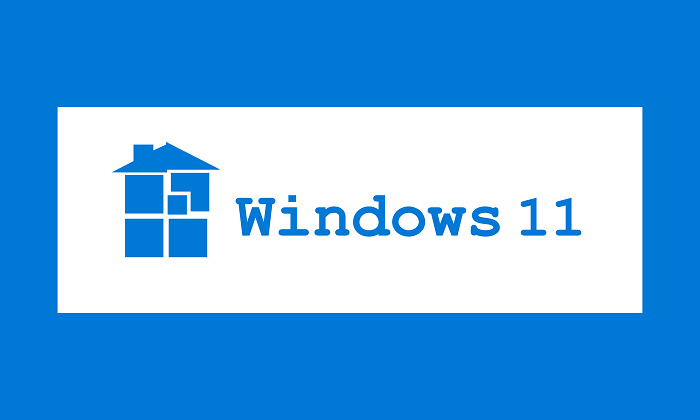

Follow the Android developer documentation on Android storage use cases and best practices . If your app needs access to device storage, you must enable scoped storage. Use scoped storage for file system access. For details on how to support x86 ABI architecture, see the Android developer guide to Include x86 ABI architecture . The emulation layer induces a performance overhead, so for optimal performance, submit your application for both the x86-64 and Arm64 architectures. Windows Subsystem for Android uses Intel Bridge Technology to emulate Arm® applications on x86-based processors. Most Windows devices use either Intel or AMD processors, which are x86-based. To make your Android app compatible with Windows, follow these general best practices. For more information on window management, see Window management and resizing in the Windows compatibility guide. Your app should handle these actions gracefully. Window management and resizingĪndroid apps run on Windows 11 can be freely resized or snapped using Windows actions or gestures.

To get started, review the Input controls topic in the Windows compatibility guide. A Windows computer might not have a touchscreen, so it's important to provide compatible input support for customers using your app on Windows. If you designed your app for a touchscreen device, it might not support a keyboard or a mouse. To ensure your customers have a smooth experience with your app on Windows, follow the guidance provided on this and related pages. How your customers interact with your app on a Windows device could be different from how they would interact with your app on the Fire devices and Android devices that you might usually design for.

Mobile web apps cannot target non-Amazon Android devices or Windows Subsystem for Android. Note: To target Windows 11 devices, you must submit an Android app.


 0 kommentar(er)
0 kommentar(er)
